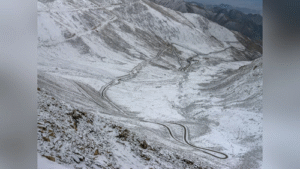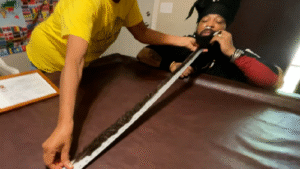Sudipta Sengupta, born on August 20, 1946, in Calcutta (now Kolkata), India, is a distinguished structural geologist and mountaineer. She completed her B.Sc. and M.Sc. with top honors at Jadavpur University, where she also earned her Ph.D. in 1972 under the supervision of Dr. Subir Kumar Ghosh. Her early career included a tenure as a geologist at the Geological Survey of India from 1970 to 1973. In 1973, she was awarded the prestigious Royal Commission for the Exhibition of 1851 scholarship, facilitating her postdoctoral research at Imperial College London. Subsequent research positions took her to Uppsala University in Sweden before she returned to India in 1979 to rejoin the Geological Survey. In 1982, she began her long association with Jadavpur University as a lecturer, eventually retiring as a professor.
A trained mountaineer, Sengupta received advanced training from Tenzing Norgay at the Himalayan Mountaineering Institute. She participated in numerous expeditions, including the first women’s expedition to Ronti Peak in the Himalayas in 1967 and an all-women ascent of an unnamed virgin peak in the Lahaul region, which they named Mount Lalona.
In 1983, Sengupta, alongside marine biologist Aditi Pant, became one of the first Indian women to set foot on Antarctica as part of India’s third expedition to the continent. She conducted pioneering geological studies in the Schirmacher Hills of East Antarctica and returned for a second expedition in 1989.
Throughout her career, Sengupta has received numerous accolades, including the Shanti Swarup Bhatnagar Prize for Science and Technology in 1991—the only woman to receive this award in Earth Sciences—the National Mineral Award in 1997, and the Antarctica Award in 2001. She has authored several publications, notably her memoir “Breaking Rocks and Barriers: Memoirs of a Geologist and Mountaineer,” which chronicles her experiences in geology and mountaineering.







